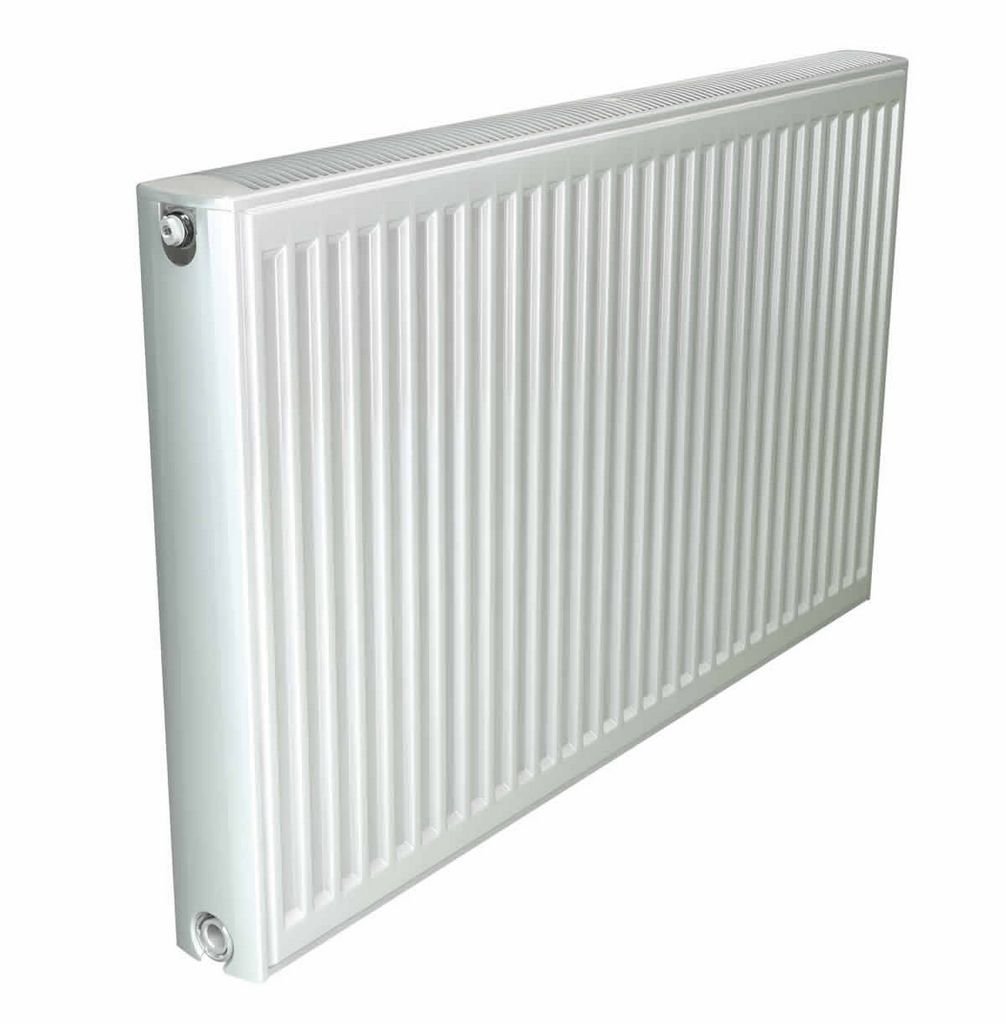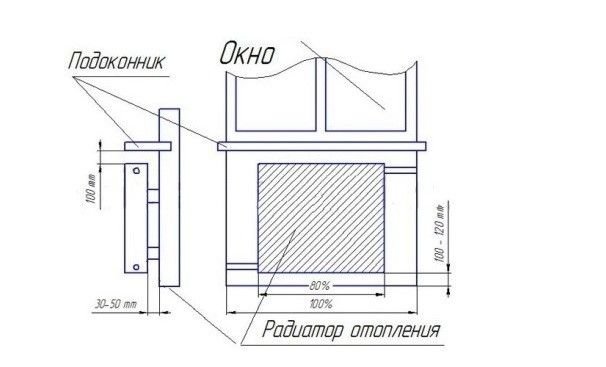Content
- Varieties and features of batteries
- Mounts for different types of batteries
- The main subtleties of work
- Procedure for attaching batteries to a wall
- Problems fixing batteries to the wall insufficiently
Attaching heating radiators to the wall surface is not a time-consuming process, but has its own characteristics and subtleties. Installation of heating batteries to the walls is one of the important stages of the organization of the heating system. The rules for fixing radiators, first of all, depend on the material from which they are made. To do this reliably, you should know about the varieties of these elements of the heating system, mounting options and take into account other subtleties of the working process. Then mounting the heating radiators to the wall will not cause you any difficulties.

Varieties and features of batteries
- Cast iron radiators are distinguished by thick walls and corrosion resistance. They keep heat for a long time and have a long service life. However, it is the heavy weight of these products that makes them make the most durable mounts and support stands.

- Steel batteries are lightweight, which makes their installation completely easy. But they are short-lived and quickly lose heat.

- Attractive in appearance are aluminum products for the heating system, the fastening of which is also simple thanks to its light weight.

- The most universal are bimetallic radiators, combining the properties of steel and aluminum structures. Their installation is also not laborious.

Mounts for different types of batteries
To attach heavy heaters to the wall, you should choose massive holders that can easily hold a lot of weight for many years. For such products use a thicker, solid metal, most often labeled as “reinforced”. For this purpose, brackets and hooks are supplied with the dowels. After drilling a hole in the wall, just insert the dowel and screw the hook into it.
Often, legs for cast iron batteries are used, which can be adjusted in height. In order to hang them on a wall of concrete or brick, you can use standard dowels, but in in the case of drywall or wooden walls, it will be necessary to provide for additional floor base. In this case, the legs will be very handy.

To mount bimetallic, aluminum and steel radiators to the wall, similar brackets are used, only made of thinner metal. Convenient in this case are angular fasteners, considered universal and equipped with recesses for the collector. Such parts can be fixed both on the right and on the left. However, for radiators of these types, there are special racks that allow you to install them on the floor.

The main subtleties of work
The type of heating system plays an important role in all work. With single-pipe heating, a bypass will be necessary, allowing, if necessary, to disconnect individual sections of the heating system. To work on mounting radiators, you will need to prepare all the necessary tools and materials:
- plugs and plugs;
- dowels;
- taps and brackets;
- building level and hammer drill.
When attaching radiators to the wall, you should adhere to some rules that allow you to do the job as efficiently as possible. First of all, it is necessary to observe the following dimensions:
- Be sure to consider the distance of the structure from adjacent surfaces. So, the space from the floor to the radiator should remain at least ten centimeters. Approximately the same distance should be maintained from the batteries to the windowsill for even distribution of air.

- The distance from the radiators to the walls must be maintained within three centimeters.
In addition, you should take into account other nuances that allow you to properly mount the elements of the heating system:
- The square of the room. The number of sections of the heater depends on this parameter, which plays an important role in fixing.
- The number of brackets must be selected with a margin. It is advisable to use a minimum of three brackets: two on top and one on the bottom. But it’s best to use four, two from the bottom and the top. If the battery size exceeds 10 sections, it is recommended to increase the number of brackets to six.
Procedure for attaching batteries to a wall
- After all the necessary calculations and procurement of materials, you can begin to fix the heating devices. The surface of the wall before mounting should be prepared - plaster or wallpaper.
- Marking the place for hooks or brackets. With the help of the construction level and the ruler, all measurements are carefully performed, and only then drilling is carried out.

- Dowels are inserted into the holes made and the fasteners are screwed.
- Having hung the battery, it is necessary to check the correctness of its fixing and make sure that there is no backlash. After trying the batteries, it will be clear whether the work is done correctly. If the radiator sat tightly, immobilized and its weight was distributed over the fasteners, then we can conclude that everything was done technologically correct. To exclude the possibility of distortion of the radiator will help the horizontal level and gaskets of the desired thickness, which are installed where they are in contact with the brackets.

- Only then should the radiators be connected to other elements of the heating system.
Problems fixing batteries to the wall insufficiently
Correct and reliable fastening of heating devices to the wall is a guarantee of peace and prosperity of the residents of the apartment. Insufficient fixation of the batteries, especially in combination with the following factors, can lead to deformation of the product or depressurization of the seams, which will cause leaks. That is why it is very important to carry out their installation correctly and reliably.
So, factors that exacerbate improper battery mounting:
- mechanical damage to devices during the operational period;
- distortions of heating radiators when filling them with water.

EXPERT SITE
Tsugunov Anton Valerevich
Master Station Wagon
- Since 2003, I have been engaged in the repair and decoration of premises.
- Over 100 completed objects.
- I appreciate the quality, more than the quantity!
Personal page >>>
Friends!
I offer you the service "Friend Builder"
As this site develops, subscribers and visitors are turning to me more and more often asking for help with advice on various issues of repair and decoration.
Questions are sometimes asked very complex and interesting. You can’t write an article for each situation, so I decided to advise you individually.
Thanks to you, friends, a new direction of my favorite work has been born - share your experience and benefit everyone who is undergoing repairs!
Get a one-time consultation from me >>>
Order full apartment repair support >>>


